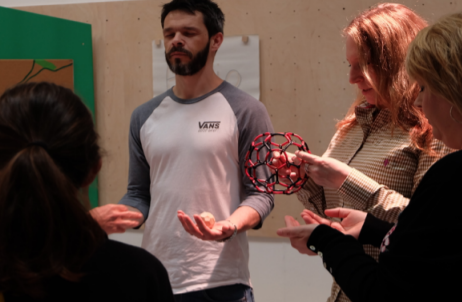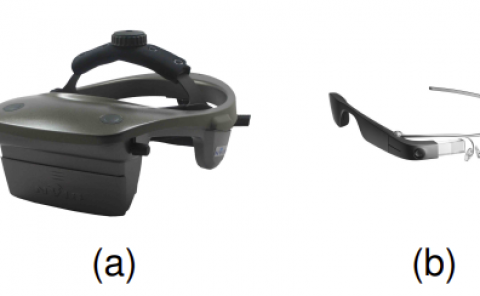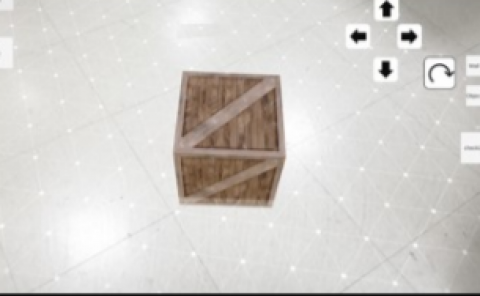Somatic Practices for Understanding Real, Imagined, and Virtual Realities
PubDate: Jan 201
Teams: University of Bristol
Writers: Lisa May Thomas, Helen M. Deeks, Alex J. Jones, Oussama Metatla, David R. Glowacki
PDF: Somatic Practices for Understanding Real, Imagined, and Virtual Realities

Abstract
In most VR experiences, the visual sense dominates other modes of sensory input, encouraging non-visual senses to respond as if the visual were real. The simulated visual world thus becomes a sort of felt actuality, where the ‘actual’ physical body and environment can ‘drop away’, opening up possibilities for designing entirely new kinds of experience. Most VR experiences place visual sensory input (of the simulated environment) in the perceptual foreground, and the physical body in the background. In what follows, we discuss methods for resolving the apparent tension which arises from VR’s prioritization of visual perception. We specifically aim to understand how somatic techniques encouraging participants to ‘attend to their attention’ enable them to access more subtle aspects of sensory phenomena in a VR experience, bound neither by rigid definitions of vision-based virtuality nor body-based corporeality. During a series of workshops, we implemented experimental somatic-dance practices to better understand perceptual and imaginative subtleties that arise for participants whilst they are embedded in a multi-person VR framework. Our preliminary observations suggest that somatic methods can be used to design VR experiences which enable (i) a tactile quality or felt sense of phenomena in the virtual environment (VE), (ii) lingering impacts on participant imagination even after the VR headset is taken off, and (iii) an expansion of imaginative potential.


